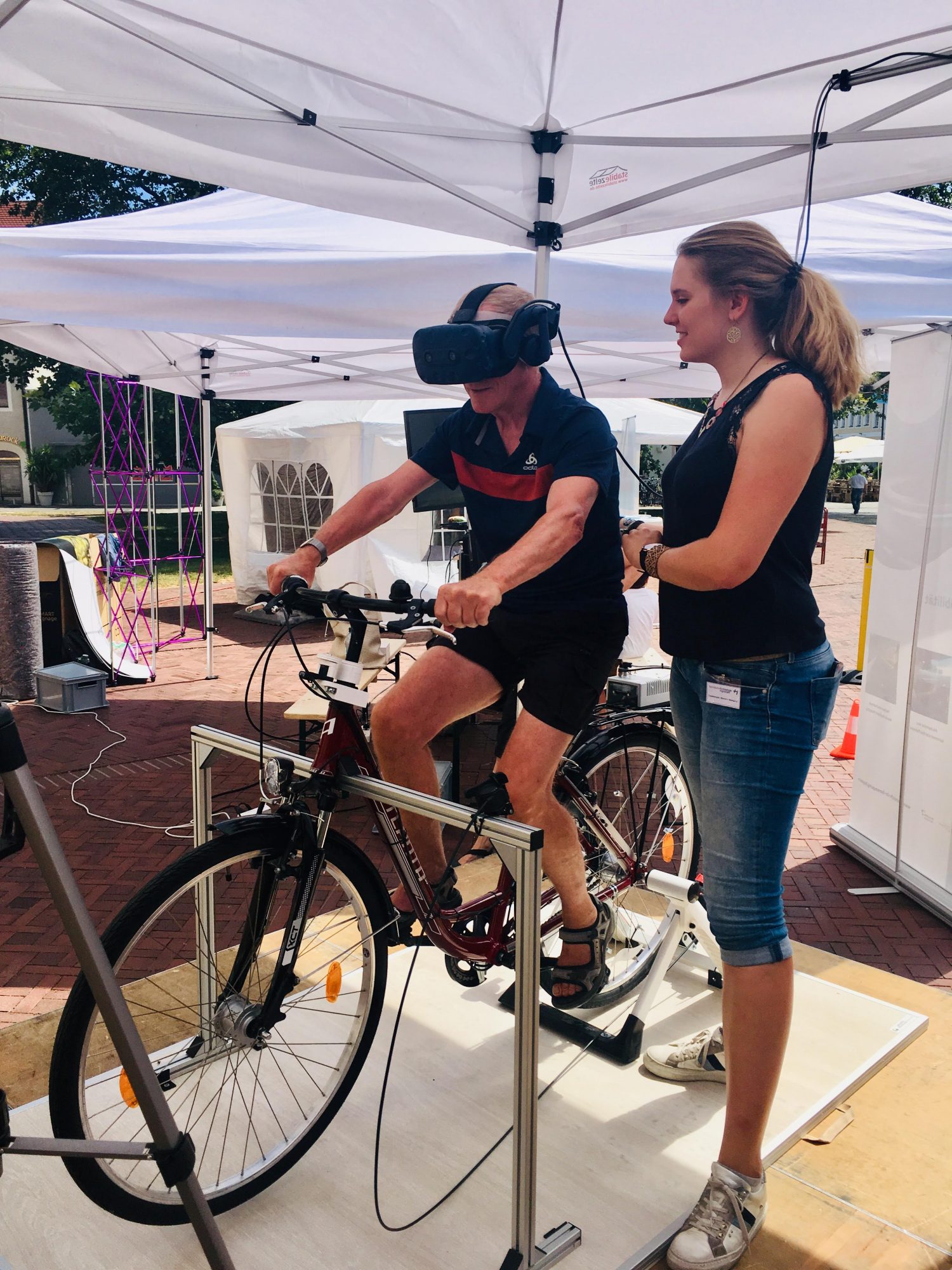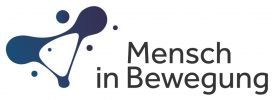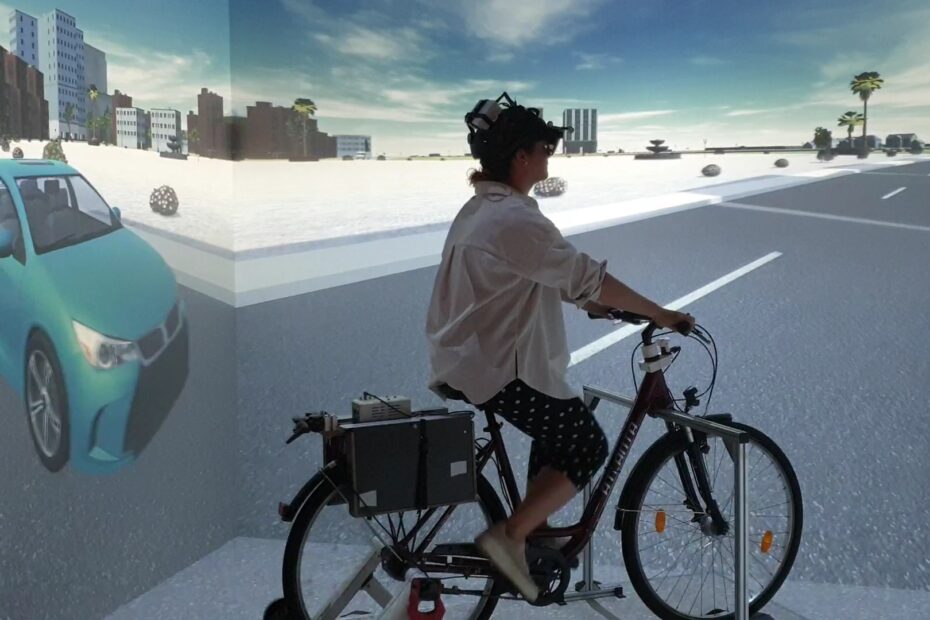The project “Intelligent Bicycle Helmet” is part of the project Mensch in Bewegung cluster Innovative Mobility.
Motor vehicles are equipped with more sensors and assistance systems to prevent accidents wherever possible. These technologies make a valuable contribution to further reducing the number of traffic fatalities. But these systems also have the potential to actively increase the road safety of cyclists or other vulnerable road users (such as e-scooter riders) away from motor vehicles.
In the “Intelligent Bicycle Helmet” project research is being conducted into whether and how visual, acoustic, and haptic cues can help cyclists become aware of dangerous situations and react adequately to these situations. To this end, user studies will be conducted in simulation environments, and the following questions will be investigated:
- How can indications of danger be presented understandably without distracting from traffic?
- How can head-up displays (displays showing information in the cyclist’s direct field of vision) be used to present supporting information? What output media is most appropriate (e.g., visual output, vibration, sound)?
- What is the impact of the cues on cyclists’ situational awareness?
- How are the indications of potential hazards perceived?
The project aims to develop a prototype of an intelligent bicycle helmet for cyclists in urban traffic which can increase the comfort and safety of cycling by providing messages to increase the cyclist’s situational awareness. The prototype was first developed in a virtual simulation. We currently conduct tests in mixed reality and reality that use a physical prototype.




Employees: Tamara von Sawitzki
Project Duration
September 2018 – February 2022
Logo

Website
Consortium Leader

